![]()
|
|
|
|
|
Stoke-on-Trent - Potworks of the week |
Advert of the Week
Photo of the Week
Copeland Spode, Stoke
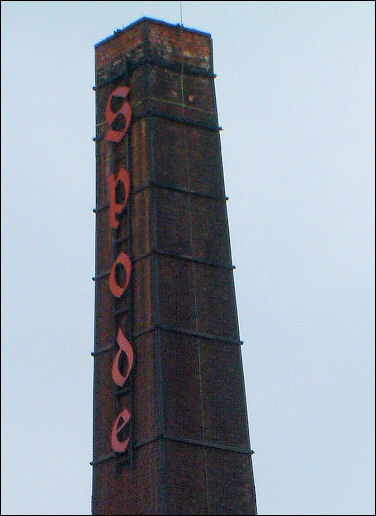
Spode, Stoke
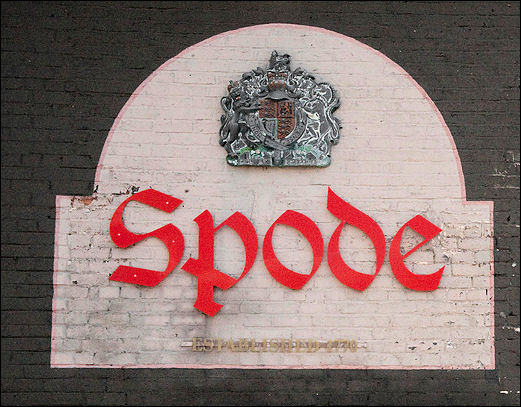
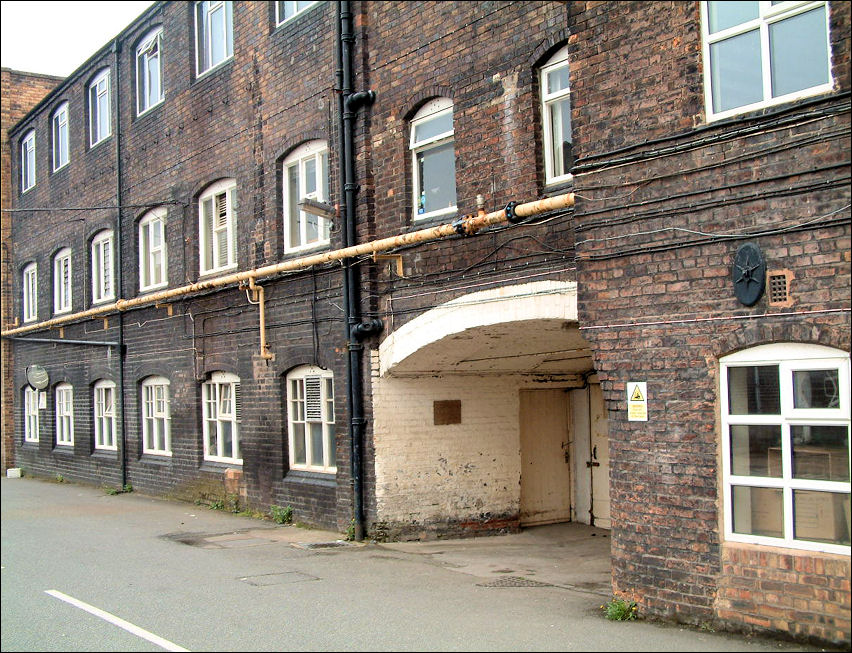
workshop at the Spode Works
A tribute to Robert Copeland
|
Robert Copeland, of the Copeland ceramics dynasty, passed away aged 85 on September
10 2010; He leaves two children, Christopher and Emma, and five grandchildren. Mr Copeland was the great-grandson of William Taylor Copeland, who took over historic Stoke firm Spode in 1833.
Sentinel Newspaper 17 September 2010
|
|
Spode has been part of Stoke-on-Trent's industrial heritage for almost 250 years. On 6th November 2008 it called in administrators, who said the china maker had been hit by the recession and left cash-strapped because of a failure to sell part of its Church Road factory for development. In April 2009 it was announced that the Stoke based Portmeirion pottery company had bought Spode and Royal Worcester from the hands of administrators, thus ensuring the continuance of these names. |
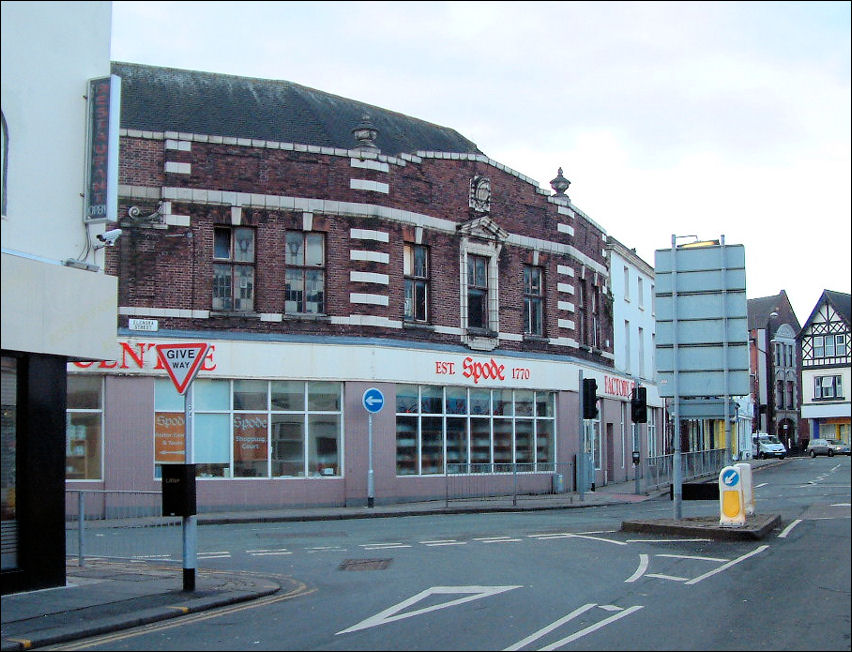
Spode - established 1770
Scriven's report on Child Labour in the
Potteries in 1840
Copeland and Garratts
|
Messrs. COPELAND AND GARRATTS, Stoke-upon-Trent. |
|
|
Scouring Room |
|
|
No. 46 - Richard Herley, |
aged 24 |
|
I am the clerk in this department (Scouring Room); have but one room, which is used only for drying the ware. I have been in the works 5 years, in this room 3 months; have the management of the men and settle their wages; they are paid by the piece, I am paid by the week. My duty is to examine and place the ware. They come at 6½ and remain till 9, Mondays to Saturdays excepted, when they come at 6½ and stay till 6; they go home to their dinners. The room is damp from the steam of the ware, but should not say the employment was either unhealthy or laborious. We have one boy in the room between 9 and 10 years old; he carries the broken ware out, sweeps the room, looks after the fire, and cleans the engine turning-house: the machinery is distant from the engine; he has nothing to do with the machinery, the men attend to that. |
|
|
Messrs. COPELAND AND GARRATTS, Stoke-upon-Trent. |
|
|
|
|
|
No. 48 - Thomas Howell, |
aged 50 |
|
I am foreman of this department; have been a potter 38 years; in the turning way 25 years; all the lathes are turned by machinery; we have the means of stopping the whole of the lathes and throwing tables at a moment's notice, but we must run into the cellar to do it; sometimes accidents do occur, but they are rare; we have 10 turners; no boys except one to sweep the room and do little odd jobs; they are all paid piece-work; I am paid by the week; we have no such thing as truck-work; they all get hard cash. They come at 7, leave at 6; if many orders in hand they stay till 9, when they get extra pay. In some kinds of heavy work we prefer the steam, as possessing the greater power; in the lighter work I think hand-power best, as the movements are soon answered. There is nothing peculiarly pernicious in the nature of the work: the temperature is sometimes high and detrimental, and the confinement is bad; but, on the whole, I do not think it unhealthy. The ware is sent from hence to the Greenhouse or handlers-room. |
|
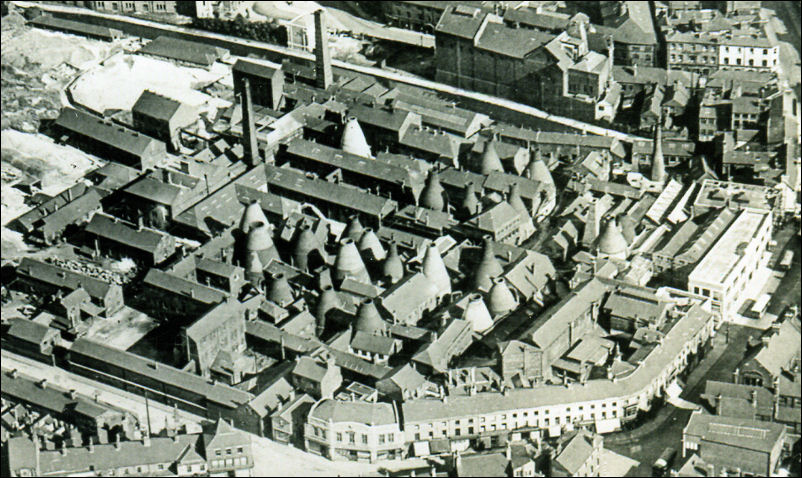
Spode works in 1927

visit the Spode online
exhibition